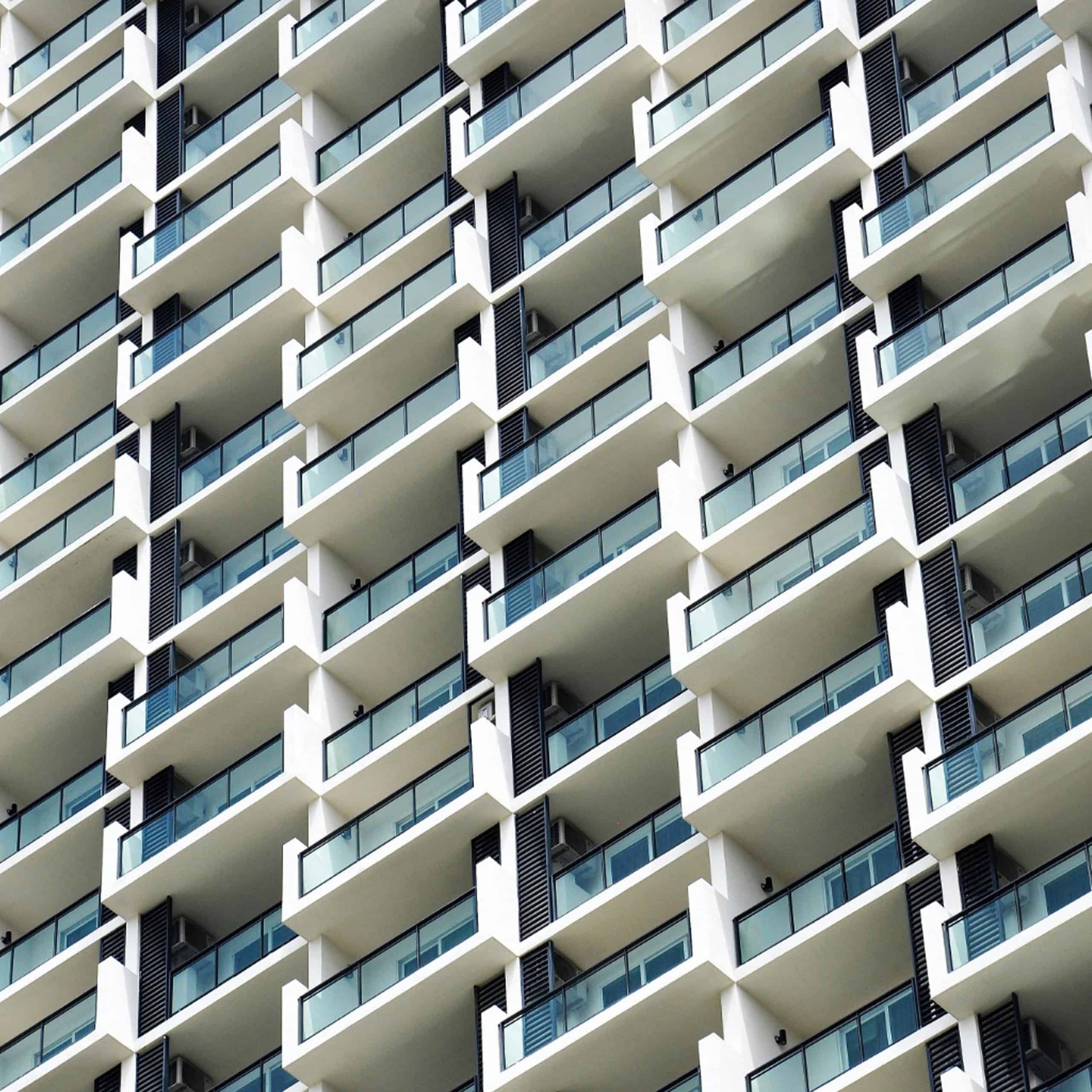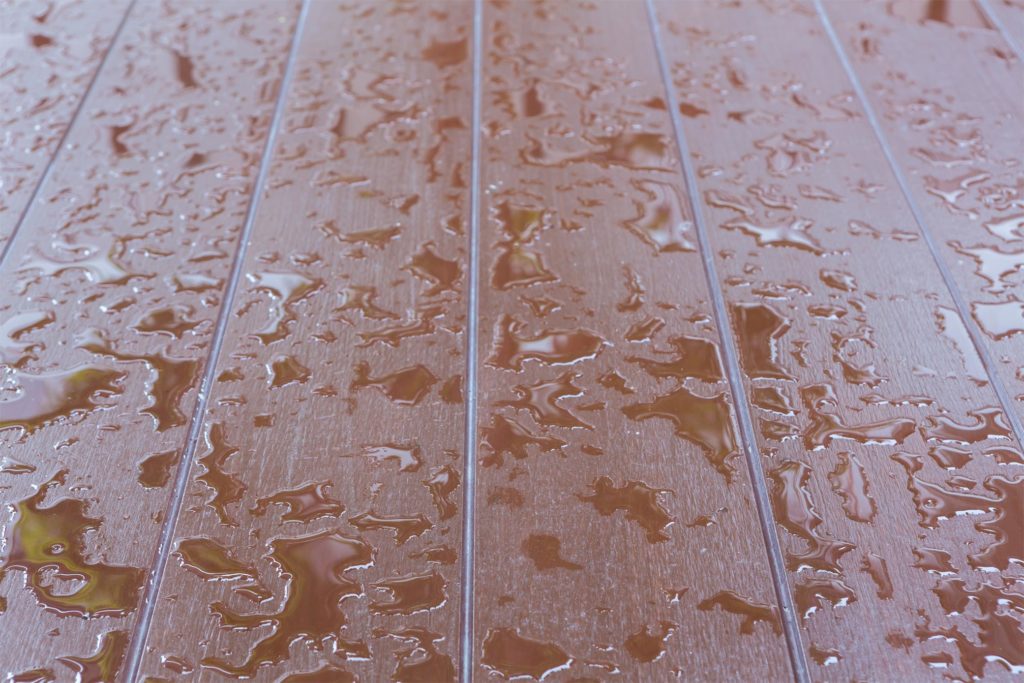What do you do when your Balcony Leaks? – Identifying and Resolving the Leak
Most modern high rise buildings in Singapore today – be it HDBs or Condominiums, includes a balcony. It is also more and more common for households to utilise their balcony as an area of recreation and relaxation, increasing the level of interaction with the said area. As balconies are the main source of water penetration from external weather conditions that households face, it is crucial to maintain the integrity of the balcony tiles and the waterproofing membrane beneath it.
However, the breakdown of the waterproofing membrane over time is inevitable which means that most households will face a balcony leak sooner or later. Additionally, factors such as displacement of tiles caused by our daily movement or UV degradation, etc, may speed up the breakdown process of the waterproofing membrane.
To check if your balcony leaks, you can look out for several obvious telltale signs such as water stain marks, peeling walls and yellowish or damaged exterior or interior finishes. These affected areas may also be damp depending on the severity of the leaks. However, there are also harder to spot signs such as loose or hollow tiles and cracked or worn off tile grouts. Early identification of such signs can not only help minimise the severity of water leakage damages but also lower the costs involved in resolving those leaks as prolonged water leakage often leads to the damaging of interior spaces which can be more costly to fix.
In most cases of fixing balcony leaks, contractors would remove the old tiles of the balcony, apply a fresh coat of waterproofing membrane and install a new set of tiles. This process is generally messy, time consuming and might even be costly at times.
Here at SWC Construction, we utilise a non-hacking and long-term solution which is via High Pressure Polyurethane (PU) Injection Grouting. This method of injection liquid grouting material into the structure under pressure fills up the crevices and cracks within structure itself to seal them up, preventing water from leaking anymore.
Besides ensuring a full coverage and protection from further leaks, PU injection can be done regardless of the surroundings’ moisture which means that leaks can be rectified immediately without having the need to wait for the area to dry off. Lastly, this method is less messy and more cost-effective than redoing the entire set of tiles.
On top of that, applying polyurethane-based waterproofing sealant used in lentor project as an example to seal up all external joints can also add an additional barrier against water seepage into the interior quarters. This method is extremely useful in buying time for us to spot the signs of water leakage in our balconies and help keep it contained within the exterior quarters whilst protecting our precious interiors.
If you have identified any of the mentioned signs or are already experiencing balcony leaks, do not hesitate to contact us for a free consultation or schedule a site visit for inspection!




